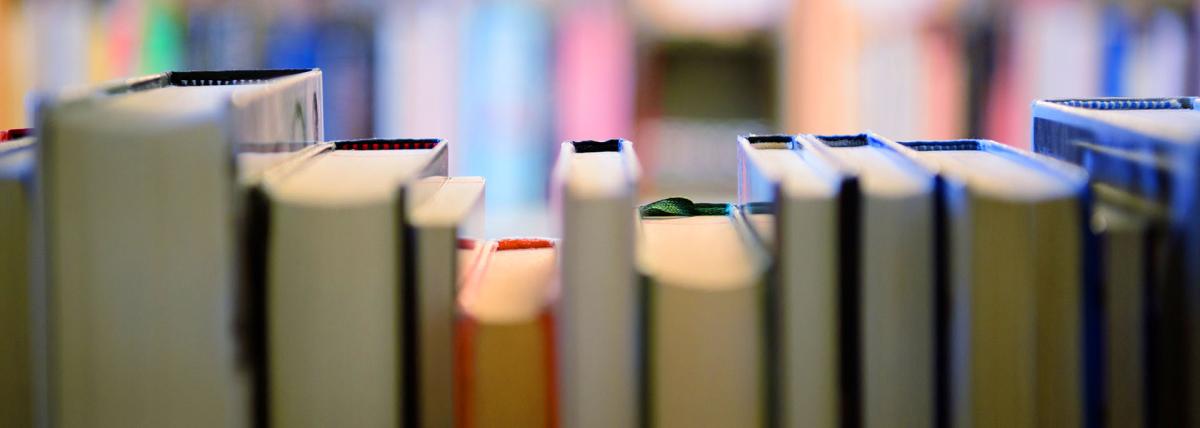Students will apply their knowledge of food chains within ecosystems to the design of a mandala. This lesson will combine science, visual art and geometry. First, students will get a review of food
Students will build the distance formula in a spreadsheet to create a sort of "calculator." Students begin by comparing standard math notation with spreadsheets, then practice programming simple math
An introduction to Kepler's 1st Law and ellipses. The lesson includes some guided notes for students as well as a hands on activity where students will draw, measure, explore, and conduct calculations
This lesson is based on the Fibonacci sequence. Overlapping concepts of pattern, repetition, structure, scale, proportions are considerations for constructing an artistic, math-based sculpture


This lesson is the first of 4 lessons that helps students on the journey to knitting with Math. The lesson uses proportions and ratios to help students understand the basic swatch and how to calculate
This is the second lesson of a 4-part series that explores STEM in Knitting. This lesson is optional and requires the teacher to be an experienced knitter either by hand or with a knitting machine
This is the 3rd lesson of a 4-part series. In this lesson the students will be using their gauge from their swatch to design a garment or accessory for a model. Using proportional relationships
This is the final lesson of 4 lessons. In this lesson we are creating our design from lesson 3. This is a project-type lesson, so it is not done in a traditional manner. Students will create either
For this lesson students will be exploring/applying the concept of equations of circles. The teacher will place a giant graph in the room and students will make a circular art design to put on the
In this project, students will create a professional blueprint of their real-life home. Students will then do research to find at least ten places in the home that impact the environment (positive or
This lesson is an activity to see what an angle is and how is can be used to approximate the time of day or even navigating vessels by measuring other celestial bodies. Students will use sextants to

Engineers create and use new materials, as well as new combinations of existing materials to design innovative new products and technologies—all based upon the chemical and physical properties of
In this lesson series, students will explore the process of photosynthesis by collecting data through measurements. Student previously engaged with an experimental lab setup for gas collection, and
Students will gain an appreciation of M.C. Escher's tessellation artwork and process and be inspired to create their own tessellation.This lesson combines math, art and technology by using an
Students design and create a sculpture out of recycled materials and then calculate the surface area and volume of the sculpture that they created. They will then utilize the surface area to try and
This lesson uses a PhET Simulation to allow students to collect data on the orbits of planets around our Sun, then summarize and share their results. It is designed for students in Grades 9-12.
This lesson combines math, science and art in a sparkling and engaging activity. Student will learn about rock classifications and draw an example using geometry. Students will gain an understanding
The Navajo Code Talker Mockup Radio Transmitter Project is an ELA/STEM hands-on lesson designed for 11th-grade students. This project-based lesson that involves students working in small groups to
Featured Lesson Plans
Check out these notable lesson plans.

Makey Makey Storyboards

Sphero Rocket Payload Mission



